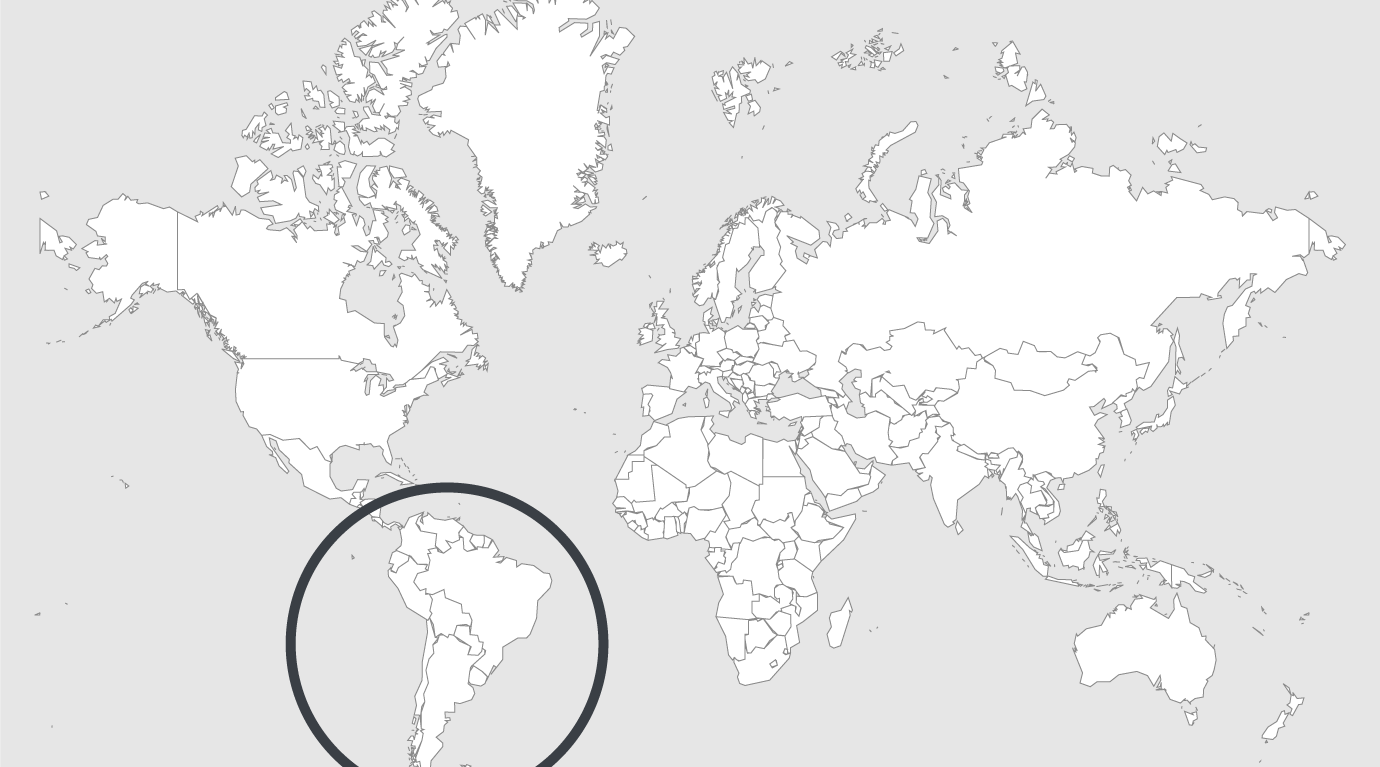
Explore
Argentina: over five hundred prisoners on hunger strike call for justice
Five hundred prisoners, from Villa Urquiza prison (province of Tucumán), decided to go on a hunger strike on August 23. They were joined, on August 30, by 54 new strikers from Concepción prison, located in the south of the province.
The movement began after a delegation of the National Prison Procurator1 (PPN) visited the region from August 9 to 11. The report released afterwards reflected the seriousness of the facts noted by the delegation: poor hygiene, lack of ventilation and lighting, overcrowding, lack of access to healthcare, food, work and education. The members of the PPN declared they had never observed a situation of such severity.
The delegation also identified the case of Luis Alberto Ibarra, a young man detained at Villa Urquiza, wounded by rubber bullets, chained to a wall for three days and hidden from the sight of the delegation. The young man had been punished for climbing on the roof of the prison. He intended to protest against his continued pre-trial detention, even though the legal period had been exceeed. The PPN call a forensic pathologist to examine him and filed an habeas corpus appeal in his favor.
This series of events prompted the detainees of Unit 1 of Villa Urquiza, all convicted, to organize a hunger strike, on August 23, to demand that temporary exit permits be granted to them (Law 24.660). The following day, the prison administration sanctioned the striking detainees by prohibiting access to visitors. The decision provoked clashes at the entrance to the prison. The shooting of rubber bullets injured some visitors.
Two hundred prisoners from Unit 2 rallied to the movement on August 26. Three days later, in solidarity, more than a hundred prisoners joined them. Some Argentinian prison experts predict the extension of the movement at the national level if the crisis is not resolved.
There are a number of reasons for the crisis: deplorable living conditions and very high levels of corruption and impunity in the prison administration. Roberto Guyot, former director of Villa Urquiza prison, was appointed as sentence enforcement judge for the province of Tucumán. This appointment greatly aggravated the situation. The magistrate refused to set up his offices on the premises of the establishment he had previously led. Faced with the refusal of the local court to welcome him in its city-center offices, he stopped honoring his duties a year ago.
The penitentiary situation in Tucumán further deteriorated after that. In February 2017, the Supreme Court declared a crisis in the provincial penitentiary system. The International Prisons Observatory - Argentina section (OIP-SA) issued a series of warnings in April that pointed to the situation that is taking place today. According to Graciela Dubrez, director of the IOP-SA, “the lack of diligence of Roberto Guyot to resolve this conflict is puzzling”. The magistrate has neither the approval of the members of the penitentiary administration nor that of the prisoners. The Supreme Court recently heard the claims of detainees in Villa Urquiza. It should release its decision in the days to come. However, some fear that, without the removal of Judge Guyot, it will be impossible to provide a long-term solution to the troubled prisons of Tucumán.
-
Video about prison conditions
The National Prison Procurator performs the duties of an ombudsman for prisons under federal jurisdiction. ↩
